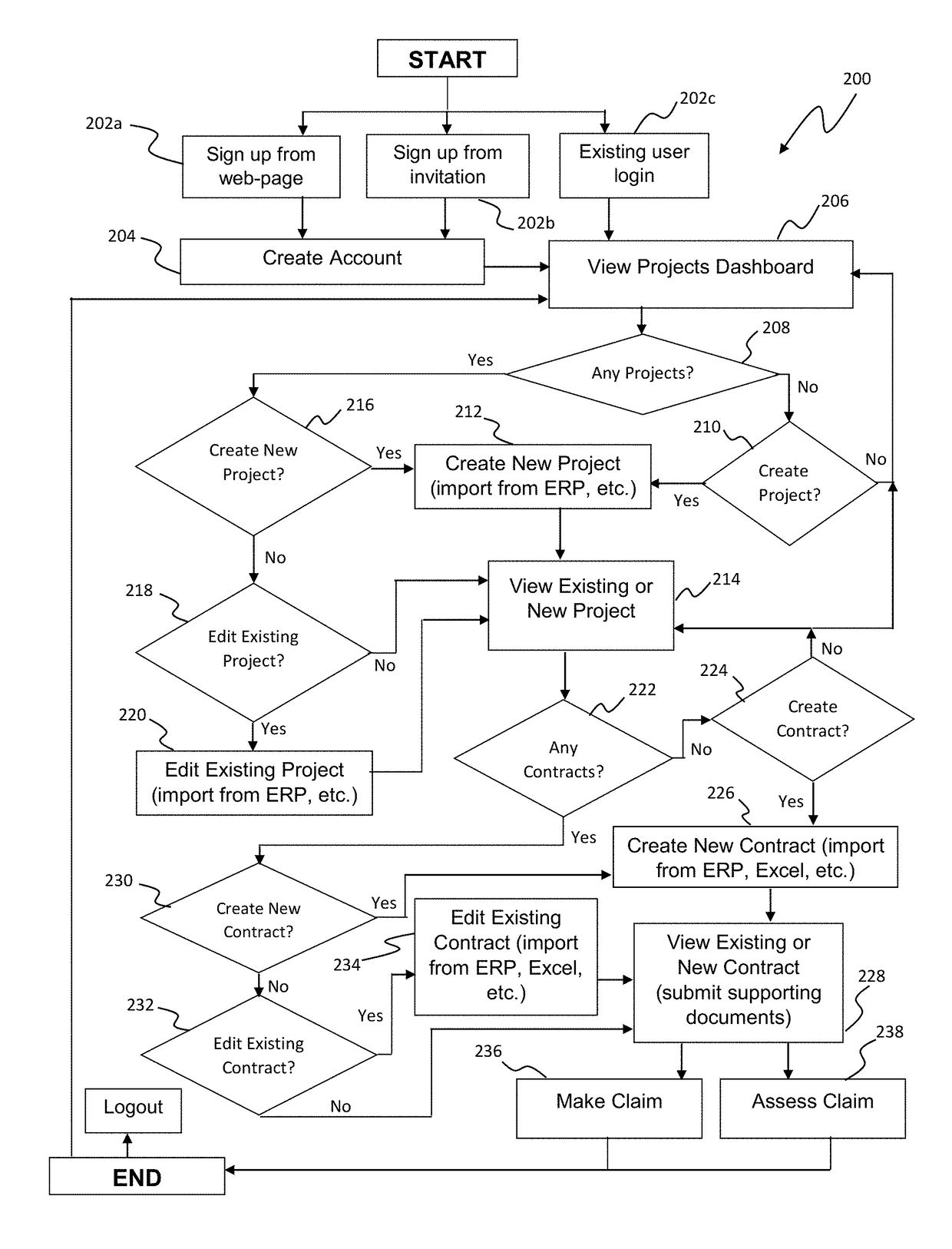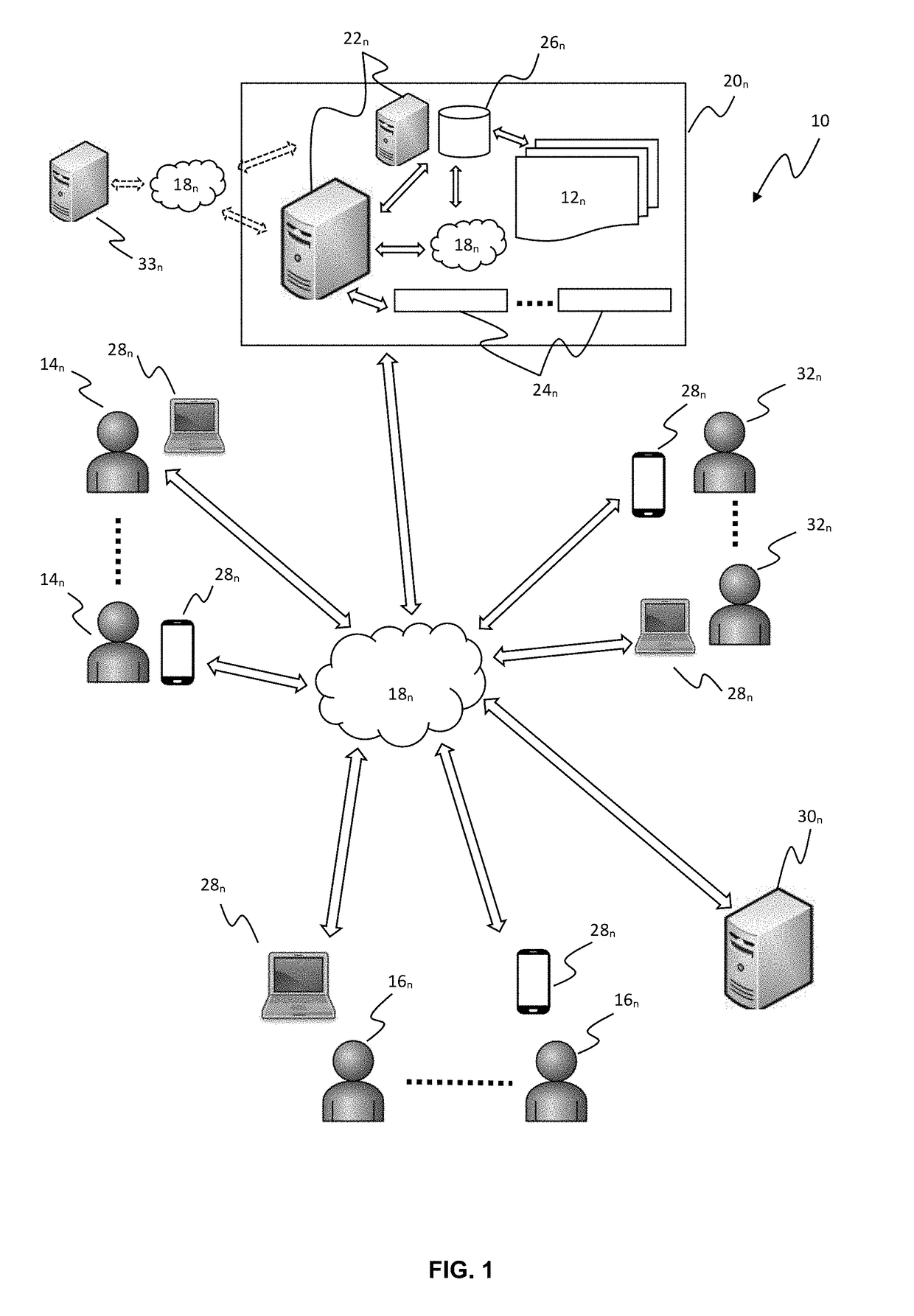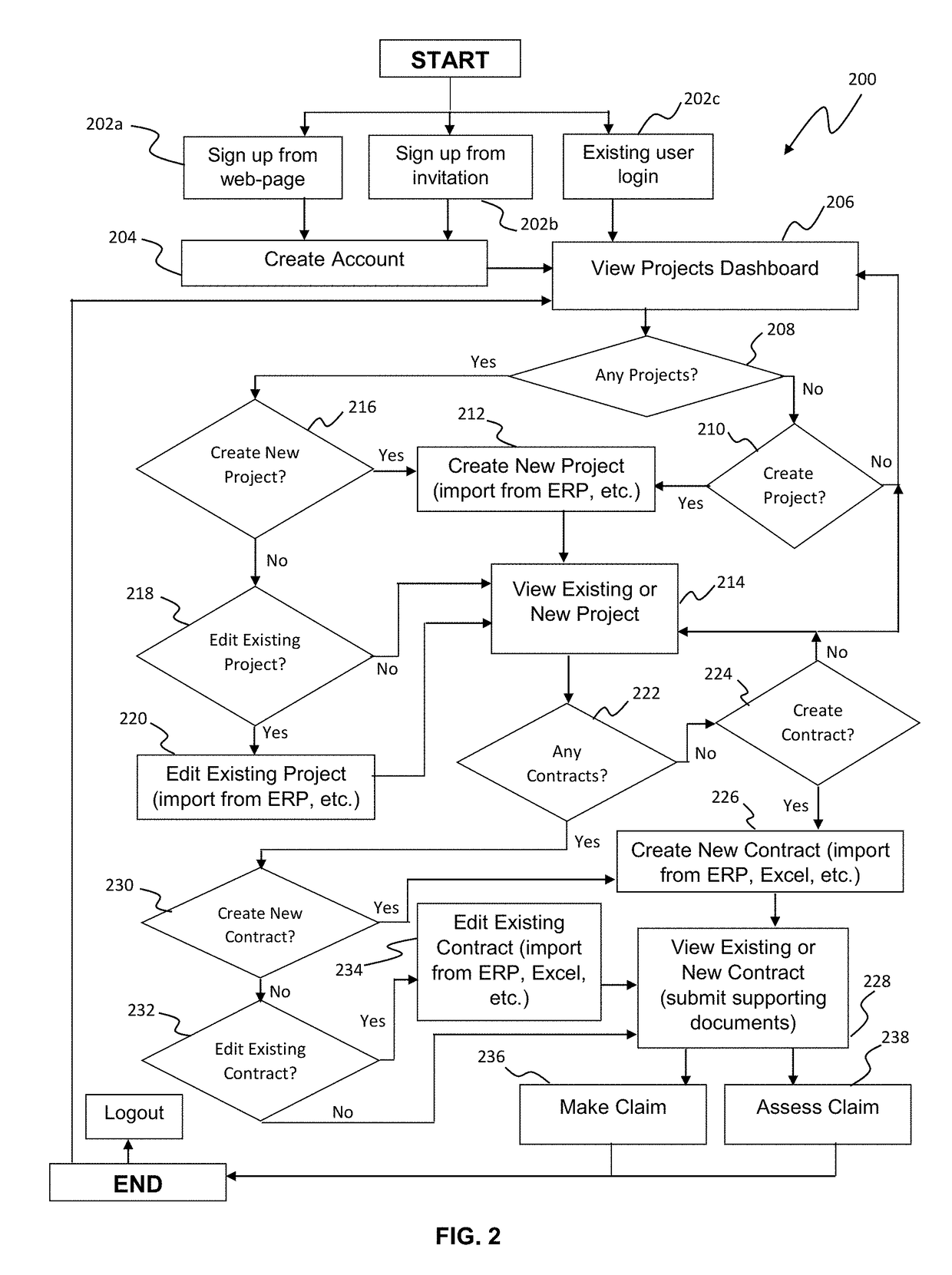On the other hand, if the general contractor is not satisfied that the good and / or service has been supplied in the amount (state, condition, etc.) claimed by the subcontractor, the general contractor may only approve and authorise
payment for a portion of the amount claimed by the subcontractor (less any retention / retainage funds, etc.), or may not approve any
payment at all.
However, it is common for less sophisticated industry participants, quite often subcontractors, to submit an
invoice as a de-facto claim / application.
This leads to complexity when claims are not approved in full, as the
invoice needs to be amended, replaced or supported by a credit note to bring the net amount back to the approved amount.
Such spreadsheets are typically used in the
construction industry because: horizontal business accounting systems do not have the construction contract administration functionality needed to be able to provide a sufficient
level of detail of the scope of work contracted to facilitate a reasonable level of assessment to be able to verify the claim / application for works actually completed; and, even where sophisticated vertical
enterprise resource planning (ERP) systems are used by one or both contract parties that have the contract administration function necessary, the systems of each party are disconnected and therefore require manual spreadsheet reconciliation.
Such communications can be
time consuming, inaccurate and the communications may be delayed or missed.
Missed or delayed communications can cause problems with the timeliness of payments, which can lead to misunderstandings and further communication problems between the general contractor and the subcontractor.
Moreover, missed and / or delayed communications can lead to problems with contract payments or contract items not being delivered, or not being delivered in a timely fashion.
These problems are compounded by the fact that subcontractors, etc., are generally required to submit claims / applications for contract payments once per month by a specified day of the month.
Given that current practices for managing contracts associated with construction projects are largely
paper based, manual and inefficient, it can be extremely difficult for contracted parties to comply with such Security of Payments or similar statutory adjudication legislation.
In addition, calculations often differ from party to party, and one party will not readily be able to determine how another party either calculated or assessed the other's claim / application.
This problem is exacerbated when claims / applications for variations or change orders (i.e. work that is added to, or deleted from, the original scope of work of a contract, which alters the original contract amount and / or completion date, etc.) are submitted for approval and
payment by second agents, e.g. subcontractors.
Another common problem with current practices is that retention / retainage calculations are generally wrong and often neglected.
Overall, current practices are slow and disjointed, resulting in countless hours wasted by all parties on needless spreadsheet reconciliations, time-consuming disputes (e.g. arbitration) and loss of productivity, both on site and in the office, generating ongoing and unnecessary suspicion and ill will between contracted parties.
There exists some automated, or at least partially automated, systems for managing contracts in accordance with construction projects, however none of these known systems adequately address the problems outlined above.
However, these contract payment systems are not truly collaborative and do not allow for the first agent to assess the amount of a good and / or service which has been supplied by the second agent, so as to alter the amount paid to the second agent for the amount of the good and / or service actually supplied, or assessed as having been supplied.
Further, such contract payment systems do not allow for a second agent to make progressive claims / applications for payment of a good and / or service which is supplied in instalments over a period of time.
These known contract payment systems do not include any sort of truly collaborative payment systems or methods.
Other problems associated with known contract management systems for construction projects include, but are not limited to: they are typically non-compliant with relevant Security of Payments or similar statutory adjudication legislation; they cannot be run as a stand-alone system should only one of a first or second agent wish to use the system; they offer no integration with external
software systems, such as, for example, budgeting or accounting
software; they do not automatically or adequately calculate retention / retainage amounts for each contract payment claim / application; they do not typically allow first, second and / or third agents to use a single account to manage or view multiple construction projects and contracts; they do not provide adequate notifications or reminders for the various phases of a contract, such as, for example, reminders for second agents to claim for final completion and associated retention / retainage release, etc.
; they do not adequately enable supporting
documentation to be submitted and distributed between contracted parties, such as, for example, at each of the contract, claim, contract
line item and claim
line item level; and / or, they do not adequately display project-to-date reconciliations for any given project, or for all claims / applications made under a contract for a specific project to any point in time, i.e. they do not show or display amounts approved prior to a new claim / application being made, the cumulative value claimed up to the date of the new claim / application being made, and once approved, the assessed / certified cumulative value approved.
 Login to View More
Login to View More  Login to View More
Login to View More 


